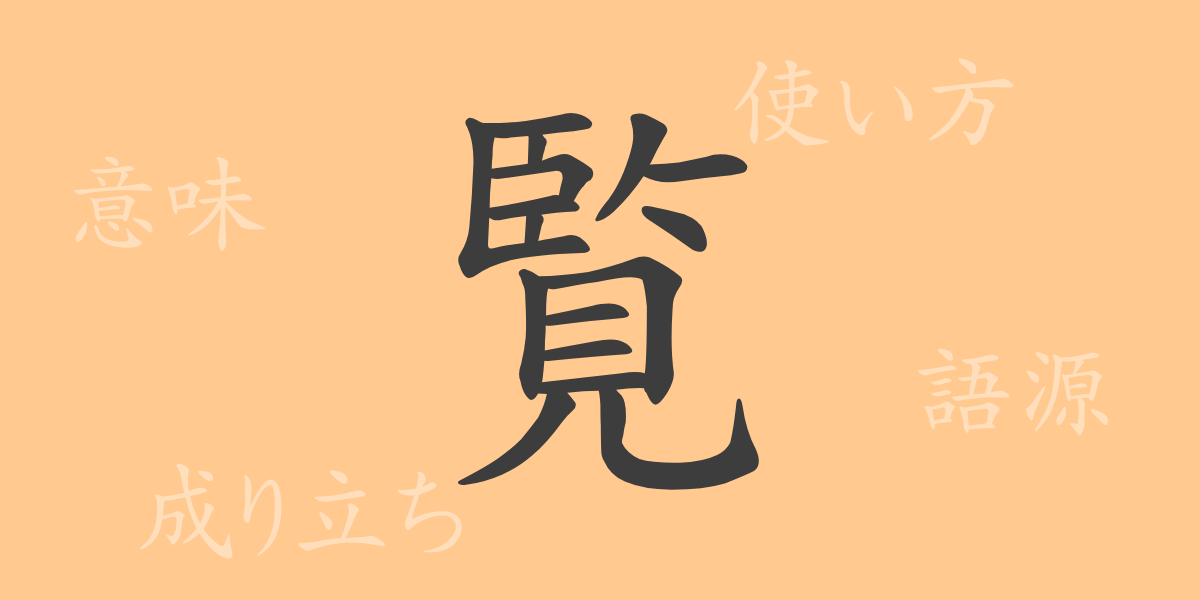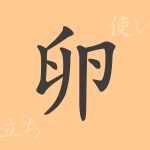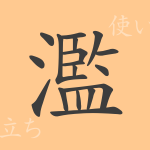Japan’s rich culture is deeply imbued with numerous kanji (kanji). Each kanji has its own unique history and meaning, enriching the expression of the Japanese language. The kanji “覧” (ran) is also deeply rooted in the daily lives of Japanese people. In this article, we will delve into the origin, meaning, usage, and related idiomatic expressions of “覧” (ran), uncovering its charm.
Origin of “覧” (ran)
The kanji “覧” (ran) originated from ancient China and originally meant “to inspect.” This kanji combines the character “見” (ken), meaning “to see,” with “監” (kan), meaning “to supervise.” It embodies the idea of confirming and observing things through sight.
Meaning and Usage of “覧” (ran)
In modern Japanese, the meaning of “覧” (ran) refers to actions such as “to see,” “to view,” and “to examine.” It is often used in official documents or when viewing exhibitions, making it common in formal contexts. For example, “展覧会” (tenrankai) allows you to see various works of art, and “一覧” (ichiran) means to view things at a glance.
Pronunciation, Stroke Count, and Radical of “覧” (ran)
The kanji “覧” (ran) has multiple pronunciations and associated meanings.
- Pronunciation: The on’yomi (音読み) is “ran,” and there is no specific kun’yomi (訓読み).
- Stroke Count: “覧” (ran) is a 17-stroke kanji.
- Radical: The radical is “見” (ken), which is commonly used in kanji related to the eye.
Idioms and Proverbs Using “覧” (ran) and Their Meanings
Here are some idioms and proverbs that include “覧” (ran):
- 一覧表 (ichiran-hyō): A table organized for easy viewing at a glance.
- 展覧会 (tenrankai): An exhibition where artworks are displayed for public viewing.
- 閲覧 (etsuran): To closely examine books or materials.
- 御覧 (goran): A polite expression used when asking someone to look at something.
- 一目瞭然 (ichimoku-ryōzen): A situation that is clear at a glance.
These idioms and proverbs are common expressions in daily life, utilizing the basic meaning of “覧” (ran) as “to see.”
Summary of “覧” (ran)
The kanji “覧” (ran) symbolizes the act of understanding and examining things through sight. This single kanji allows us to appreciate the richness of the Japanese language and the depth of kanji culture. As a commonly used kanji in Japan, “覧” (ran) will continue to play an essential role in various aspects of our lives.

























